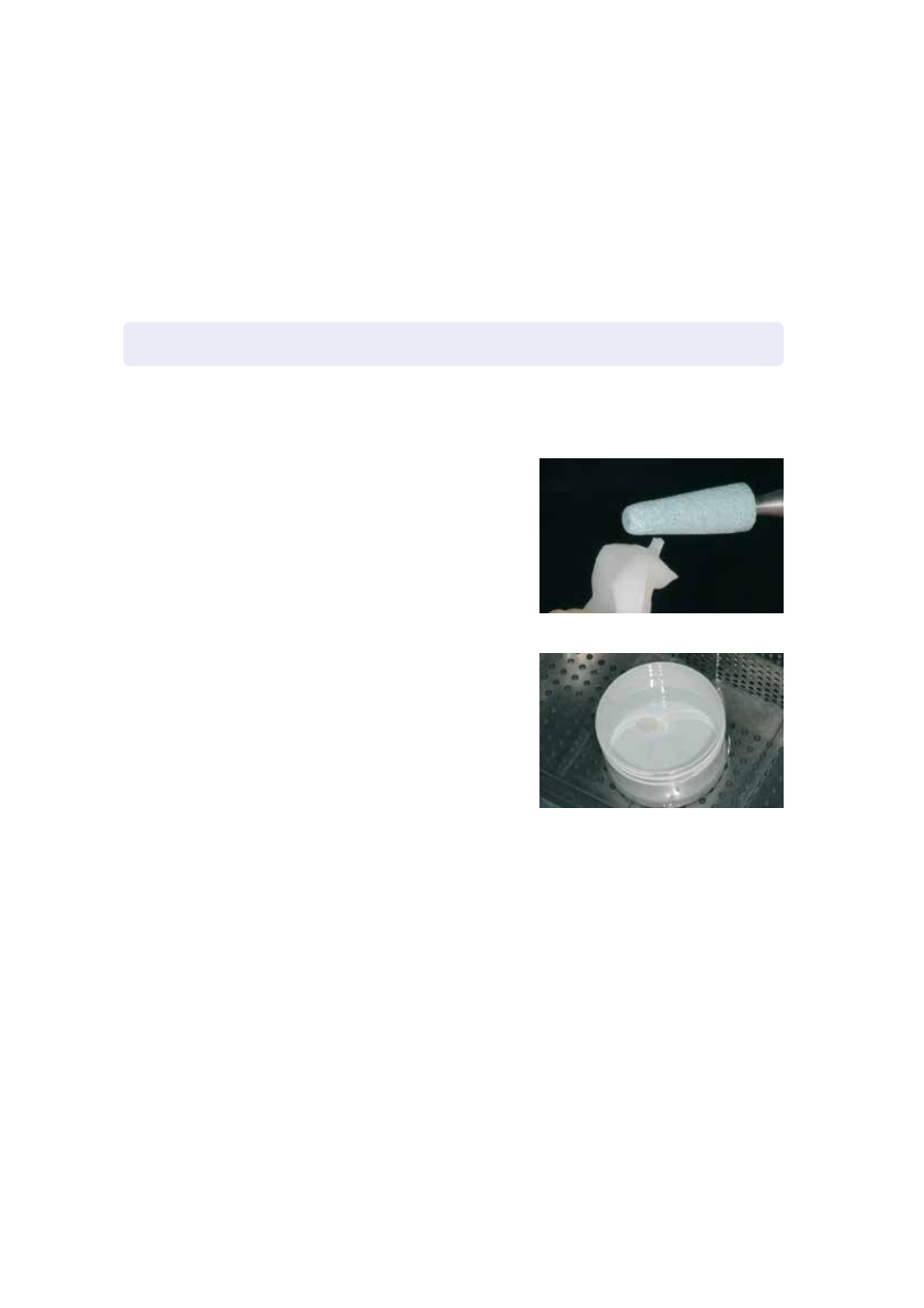Empress, Inlays / onlays – stained / glazed – Ivoclar Vivadent PS Empress CAD Chairside User Manual
Page 22

22
The 2-in-1 technique is suitable for efficient glazing and staining of inlays and onlays. In this technique, the glaze and stain
firing is conducted in one single step. Even though this technique does not permit as many shade adjustments as a
separate stain firing, the possible adjustments are entirely sufficient for the size of the restoration. If more intensive and
extensive shade adjustments are desired, we recommend conducting a separate stain and characterization firing (as
described in the following chapter).
For information on the CAD/CAM processing, please refer to the respective Instructions for Use and the
manuals of the respective CAD/CAM system. The instructions of the manufacturer must be observed.
Finishing and preparing for stain and glaze firing
For finishing and adjusting glass-ceramics, appropriate grinding instruments
are indispensable. If the wrong grinding instruments are used, marginal
chipping and local overheating may occur. The following procedure is
recommended for finishing IPS Empress CAD restorations:
– Use only suitable, fine-grained (grain size < 60 µm), ceramic-bonded
grinding instruments or diamonds at a speed of up to 20,000 rpm and
little pressure.
– Avoid overheating of the glass-ceramic.
– Smooth out the attachment point of the holder and take the proximal
contact points into account.
– Carry out individual shape adjustments, if required.
Before the stain and glaze firing, the restoration must be free of dirt and
grease. Avoid any contamination after cleaning. The following working
procedure should be observed:
– Before staining, blast the restoration with Al
2
O
3
at 0.5 bar pressure
(caution: abrasive) and clean it under running water or with a steam jet.
– Certain blasting devices require different settings for the intended blasting
procedure.
2-in-1 technique – Stain and glaze firing with IPS Empress Universal
Once the restoration has been cleaned, the stains and glazing material is applied in two steps. First, the glazing paste is
applied, followed by the Stains, which are applied on the unfired glaze layer.
The following working procedure should be observed:
Step 1 – Application of the glazing material:
– Extrude IPS Empress Universal Glaze Paste from the syringe and mix thoroughly.
– Thin the material to the desired consistency using IPS Empress Universal Glaze and Stain Liquid. Do not excessively dilute
the material, since this may render the glazing procedure difficult to control.
– Apply the glazing material on the entire outer surfaces of the restoration.
– The glazing material must not come into contact with the inner aspects of the restoration.
– Avoid pooling and excessively thick glazing material layers.
– Excessively thin glazing material layers result in an unsatisfactory gloss.
The restoration is cleaned before staining.
The attachment point of the holder is smoothed out, while the proximal
contact points are taken into account.
Empress
®
CAD
Inlays / Onlays – stained / glazed
IPS
